If you’ve ever visited a doctor, you might have noticed that they always seem to sit down on a stool, rather than a chair.
Since these are medical professionals, you may wonder why doctors use stools – especially when chairs seem much more comfortable!
We have found that doctors use stools due to how stools allow for active sitting, which engages core muscles and prevents injuries. Stools tend to have wheel casters, which makes them good for moving around while sitting down. They are also easy to clean, space-efficient, and often have adjustable heights.
Table of Contents
What are stools used for?
Stools come in various forms which have their own different purposes, including footstools, bar stools, folding stools, and work stools.
Foot stools are used to boost people up when they need to reach something. They can also be used to elevate certain body parts to help with circulation or just for more comfort, like elevating sore or swollen feet.
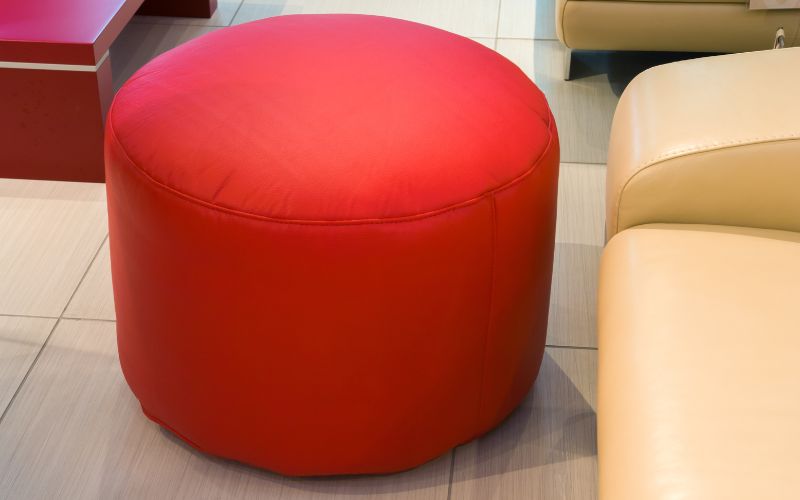
Bar stools are used for space-efficient seating in restaurants and, well, bars! They are typically covered with leather or cloth for comfort, but plain metal stools have also become popular recently.

Folding stools are used for conveniently stored seating, especially in public spaces that need to constantly rearrange their layouts. They typically fold by folding down the seat and collapsing the legs.
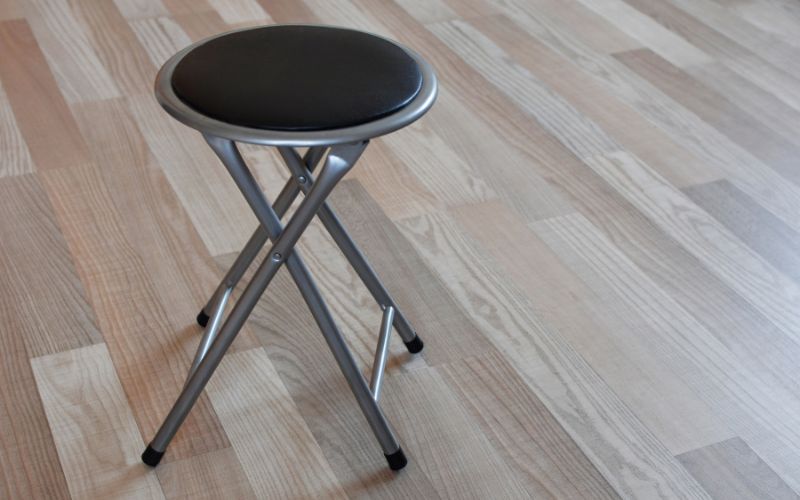
Work stools are used for office seating, most often by professionals who have to sit for long periods of time and have to move around while sitting. They typically have adjustable height, wheel casters, and rotatable seats.
Why do doctors use stools?
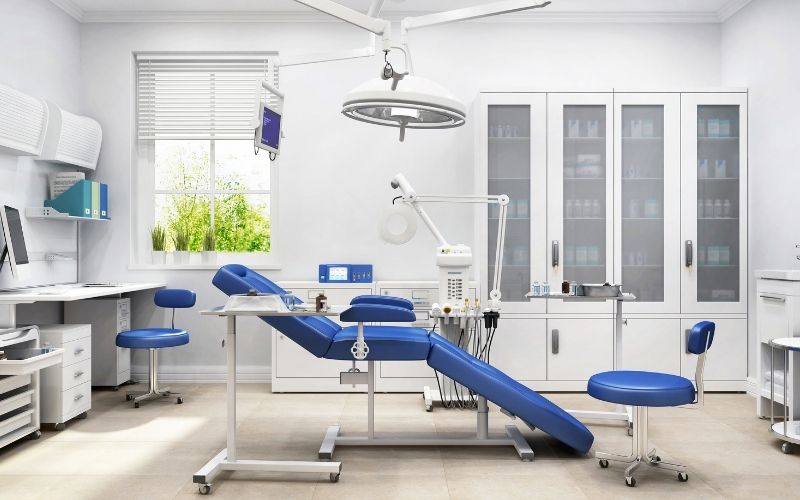
You may have noticed that most doctors, dentists, anesthetists, lab technicians, and other clinicians only ever have stools in their offices.
This is because these professionals have to sit for long periods of time, and also move around a lot while sitting down.
Because of how the seats of stools are smaller and higher than those of chairs, they encourage something called “active sitting”, which engages the muscles in the core and helps doctors avoid back injuries from sitting in chairs all day.
And because of how the stools have wheel casters and aren’t weighed down by backrests or armrests, it’s easier for doctors to move around while sitting in the chair!
In terms of seating, stools usually allow for adjustability, which can be helpful when seating patients of different heights.
In terms of maintenance, stools typically come with seat covers that are easy to clean, like vinyl.
And in the case of footstools, doctors use these to help elevate patients for examinations, or to help them get up onto examination tables.
FAQs
Now that we’ve covered the basics of why doctors use stools, let’s get into some frequently asked questions!
What is a medical stool?
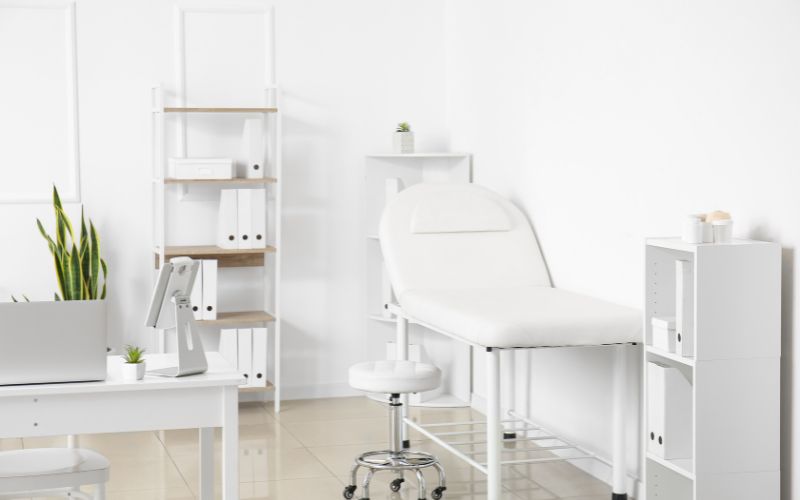
A medical stool is a stool that is built specifically for use in medical examination rooms.
There are different kinds of medical stools, but they are typically built to have handles, 360-degree rotation, adjustable heights, and seat covers that are easy to clean.
What are the different types of medical stools?
There are seven main types of medical stools: footstools, bariatric stools, pneumatic stools, exam stools, mobile stools, revolving stools, and storage stools.
Footstools are designed for elevating patients and helping them get onto examination tables or into hospital beds, as well as helping them off of the tables and beds. Footstools are typically covered in rubber to prevent slipping and may have handles for easy transport.
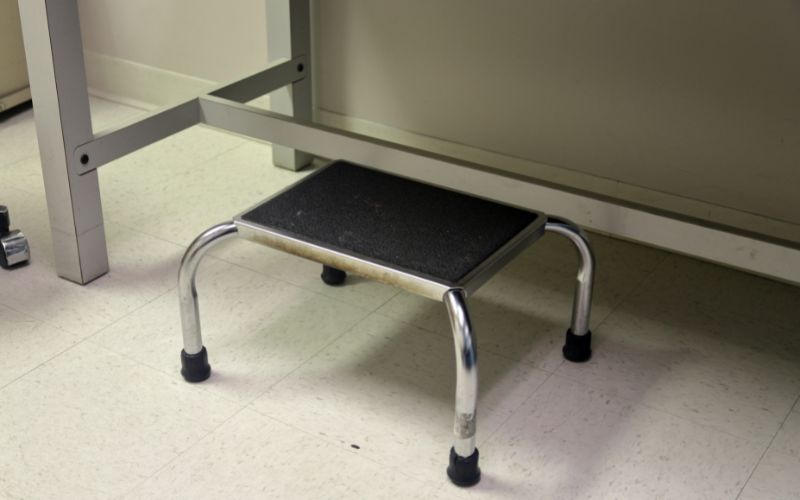
Bariatric stools are designed for supporting a great amount of weight, and they’re typically covered in rubber to prevent slipping. They also come with a tall handle attached to the side, which is useful for patients with limited mobility.
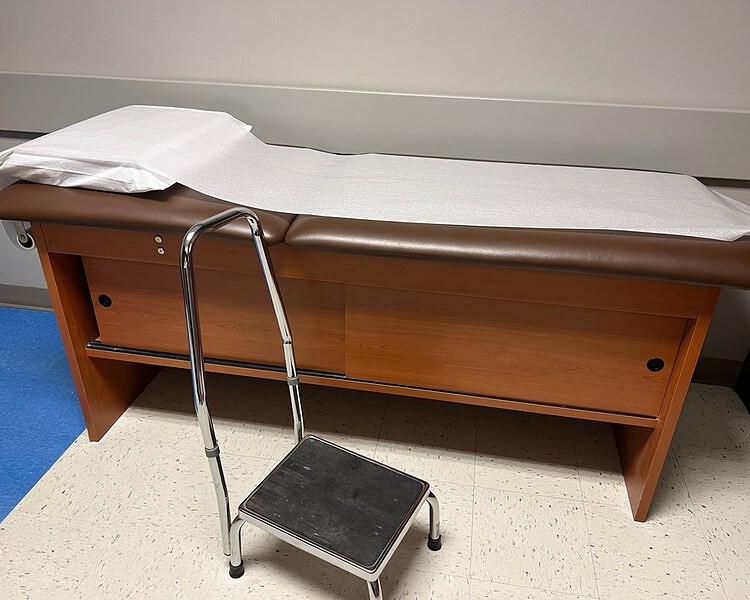
Pneumatic stools are designed to have an adjustable height which makes them convenient when seating patients. Their name refers to the pressurized air that is used to adjust the height.
Exam stools are designed for seating professionals when they have to sit for long periods of time while examining a patient. They are often used by physiological and psychological clinicians.
Mobile stools are designed for easy mobility while sitting, so they always have wheel casters on their legs. They also typically have a padded seat so that you can be comfortable while moving around.
Revolving stools are designed to have seats that can be rotated 360 degrees to help professionals adjust their position easily when examining patients. They also often come with wheel casters on the legs.
Storage stools are designed to have a seat that can be lifted to reveal storage space underneath.
What are the benefits of medical stools?
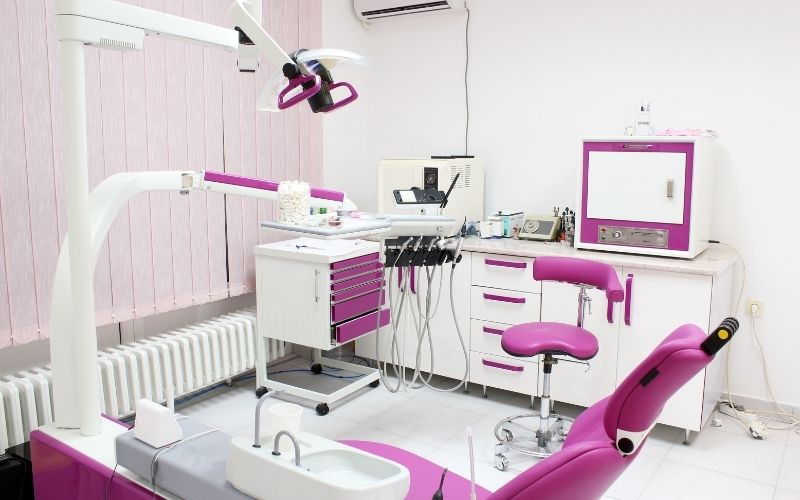
Because of their special designs, medical stools come with a variety of benefits.
For medical stools that are meant to be used for seating, there are four main benefits: health, mobility, space-saving, and easy cleaning.
Because of how they are designed to be ergonomic, medical stools help people avoid any injuries that could occur from sitting for long periods of time.
Most medical stools come with wheel casters, they’re easy to move around on, helping clinicians be more productive while sitting.
Stools also take up less space, which helps keep space clear for walkways and storage.
And since they have smaller seats that are covered with easy-to-clean textiles, they are good for keeping your workspace hygienic. This is especially important in medical settings.
For medical stools that are meant to be used for elevating, their main benefit is helping people reach higher surfaces without injuring themselves or slipping off the stool.
What are the top 6 medical stools?
Now that we’ve covered everything about medical stools, here are the top 5 medical stools you can buy!
- : an anti-slip footstool that can support up to 330 pounds and can be folded.
- Vaunn Bariatric Stool : an anti-slip bariatric stool made of heavy-duty steel that will stay rust-free.
- EARTHLITE Pneumatic Stool : a pneumatic stool with a vinyl seat cover, 360-degree rotation, and adjustable height.
- BodyMed Exam Stool : an exam stool that supports up to 300 pounds, cleans easily, adjusts the height, moves on wheel casters, and needs no tools for setup.
- Boss Office Mobile Stool : a mobile stool that supports up to 275 pounds, adjusts the height, moves on dual-wheel casters, and has a vinyl seat cover.
- Amazon Basics Revolving Stool : a revolving stool with a leather seat cover, a weight capacity of 250 pounds, a 360-degree rotation range, and an adjustable height.
Conclusion
Stools are typically used for two basic functions: sitting and elevating.
Doctors use stools because they are more ergonomic, mobile, adjustable, and hygienic than chairs.
A medical stool is a type of stool made especially for medical workplaces. There are seven types: foot, bariatric, pneumatic, exam, mobile, revolving, and storage medical stools.
Medical stools are built to be ergonomic, mobile, space-saving, and easy-to-clean for medical workplaces.
The top six medical stools include the HDTech footstool, the Vaunn bariatric stool, the EARTHLITE pneumatic stool, the BodyMed exam stool, the Boss Office mobile stool, and the AmazonBasics revolving stool.
We hope this article helped you understand why doctors use stools!

My name is Vance, and I am the owner of To Ergonomics. Our mission is to improve your workflow by helping you create a supportive and welcoming environment. We hope that you’ll find what you’re looking for while you’re here.

